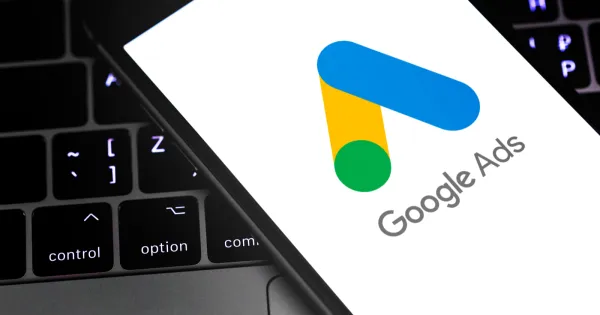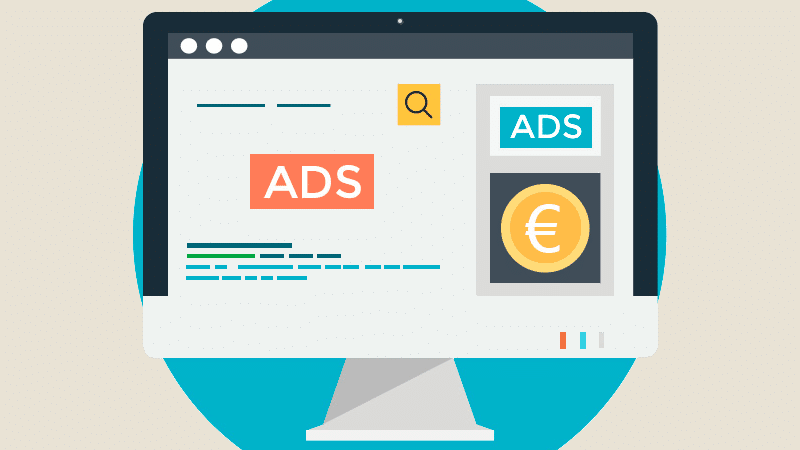Who Designs Websites? Understanding the Roles in Web Design

Introduction
Creating a website requires a blend of creativity, technical expertise, and strategic planning. But who exactly is responsible for designing websites? The process involves a variety of professionals, each playing a critical role in bringing a website to life. This article explores the key individuals and teams involved in web design and their responsibilities.
Who Designs Websites?
1. Web Designers
Web designers are the creative minds behind a website's look and feel. They focus on aesthetics, ensuring the site is visually appealing, user-friendly, and aligns with the brand identity. Web designers often use tools like Figma, Adobe XD, and Sketch to create layouts, wireframes, and prototypes.
Responsibilities:
- Creating website layouts and mockups
- Selecting color schemes, typography, and imagery
- Designing responsive and mobile-friendly interfaces
2. UI/UX Designers
User Interface (UI) and User Experience (UX) designers ensure that websites are not only visually appealing but also functional and intuitive. While UI designers focus on the visual elements users interact with, UX designers optimize the overall experience by studying user behavior and improving navigation.
Responsibilities:
- Enhancing usability and accessibility
- Designing intuitive navigation systems
- Conducting user research and testing
3. Web Developers
Web developers bring a designer's vision to life by coding the website. They are divided into:
- Front-End Developers: Focus on the website's visible elements, like layout, buttons, and animations.
- Back-End Developers: Handle the server-side functionality, databases, and integrations.
- Full-Stack Developers: Manage both front-end and back-end development.
Responsibilities:
- Writing code (HTML, CSS, JavaScript, etc.)
- Ensuring the website is responsive and functional
- Fixing bugs and maintaining the site
4. Graphic Designers
Graphic designers contribute to the visual aspects of a website by creating custom graphics, logos, banners, and illustrations. They ensure that the visuals align with the brand’s identity and enhance the overall design.
Responsibilities:
- Designing custom images and icons
- Creating logos and branding materials
- Enhancing visual storytelling
5. Content Strategists and Copywriters
A website's design is incomplete without engaging and relevant content. Content strategists plan the structure and flow of information, while copywriters craft compelling text that resonates with the target audience.
Responsibilities:
- Developing content strategies
- Writing headlines, descriptions, and body text
- Ensuring content aligns with the brand voice
6. SEO Specialists
SEO specialists optimize websites to rank higher on search engines. They ensure the design and content support SEO best practices, like proper keyword usage, fast loading speeds, and mobile-friendliness.
Responsibilities:
- Implementing on-page and technical SEO
- Optimizing images and site structure
- Analyzing website traffic and performance
7. Project Managers
Project managers oversee the entire web design process, ensuring that deadlines are met and all team members collaborate effectively. They act as the bridge between clients and the design team, ensuring the final product meets expectations.
Responsibilities:
- Coordinating tasks among team members
- Managing timelines and budgets
- Communicating with clients and stakeholders
8. Freelancers and Agencies
While some businesses hire in-house teams, others outsource website design to freelancers or digital agencies. Freelancers often specialize in one or two aspects of web design, whereas agencies provide end-to-end solutions, from design to development and marketing.
How to Choose the Right Team for Your Website
- Understand Your Needs: Determine whether you need a simple landing page or a complex e-commerce site.
- Consider Your Budget: Freelancers may be more cost-effective for small projects, while agencies can handle large-scale designs.
- Check Portfolios: Review past work to ensure the team aligns with your vision.
- Evaluate Communication: Clear communication is essential for a smooth design process.
Conclusion
Website design is a collaborative effort involving various professionals, from web designers to developers, content creators, and project managers. Each plays a unique role in creating a functional, visually appealing, and user-friendly website. Whether you choose an in-house team, freelancers, or an agency, understanding these roles will help you make informed decisions and bring your website vision to life.




